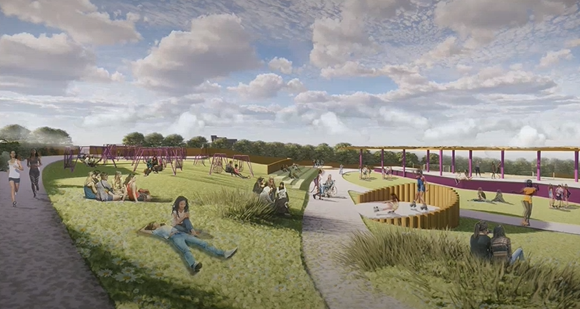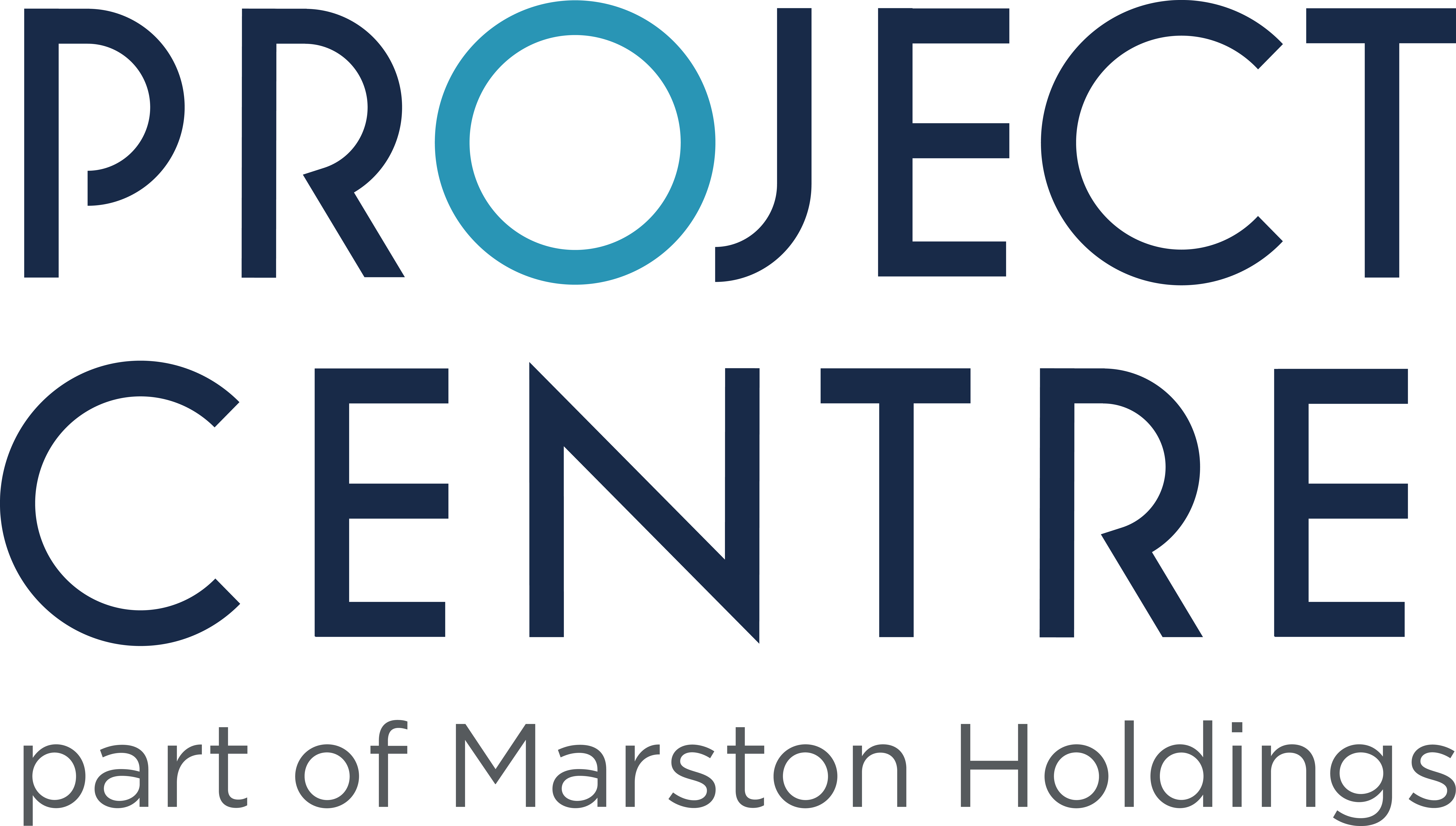Susannah Walker, co-founder of “Make Space for Girls”, a charity championing open spaces to make these more accessible for teenage and young girls spoke to us about her charities aims and goals, and how we as designers can make a difference.
The charity is about rethinking our whole approach to public spaces. It’s about supporting councils and developers to try something different, starting early conversations and engaging with some of the voices we don’t normally hear from.
Q. What is the main problem with parks for teenage girls?
A. In 2021, a survey in Glasgow reported that “only 20% of young girls felt comfortable in their chosen parks”.
Teenage girls are badly served by public parks. Most of what we provide in these spaces are multi-use game areas (MUGAs), BMX tracks and skate parks. These spaces are not designed to be inclusive, they are prescriptive, fenced, and with single entrances. They are stimulating a sense of territoriality in boys who dominate the space and girls end up with nowhere to go.
When we started the charity, we went around asking our girls and their friends how they feel about public spaces. The responses were all pretty similar, and usually accompanied by that teenage look of well of course it’s like that.
“Why would I go to the park? There’s nothing for me”
— Lily, 14
Q. But if that’s nothing there for girls at the moment, how do we find out what they want?
A. In the UK, there is still very little research about how much girls use parks and what would attract them instead. We need to change this as it’s just not fair for girls, it worsens inactivity levels and it’s not good for their mental health either.
As a charity, we put effort in to engage and include them in the conversation to reengage girls with parks. We organised numerous workshops and found out that they’re looking for spaces with:
- better lighting, shelter spaces and circular paths
- sociable seating and greenery
- swings, gym bars, performance spaces and hammocks
- multiple areas instead of one space that can be territorialised
This is just an image that we’ve designed of what potentially our parks could look like if we created an inclusive and accessible space for both teenage girls and boys.

Q. It would look gorgeous. I was just wondering if you’re seeing a progression to produce more girl-friendly materials for public space?
A. Some of the products and materials that girls want are there when you ask. After one of our workshops, we found out girls loved big swings and we started asking manufacturers for it. They immediately said: oh yes, we have them”. I think everyone tends to think that high swings aren’t safe, but they do make big swings with bigger seats and they are safe. Developers just need to ask for it.
Also, if you think of social seating with bright colours, they exist and the costs are not even that high. I think the problem is more about raising awareness of the lack of infrastructure for girls with developers rather than manufacturers.
Q. Our engagement team at Project Centre works closely with groups whose voices don’t normally get heard. We know it’s hard to engage with them as they’re not used to being involved. Do you use any particular approach to engage with teenage girls?
A. It’s really about seeking them out and then spending time with them. Rather than asking what you’d like to see in parks, we start by thinking about how a particular space makes them feel. We do walkabouts with them, asking them to take photos and annotate what they find as an area of inspiration or concern in public spaces.
We’ve published reports from some of our workshops on the website so people can find out more about how we engage with teenage girls and what the results are from that.
Thanks Susannah for taking the time to talk us through your organisation. Making Spaces for Girls is incredibly inspirational and we will continue to raise awareness about the lack of inclusive spaces.
An American theory called the Kerb-cut effect states that if you build something inclusive, it generally tends to benefit more people than just the people you’re aiming at. So the simple effort of trying to include more girls in parks could benefit many other minority groups, neurodivergent individuals and wheelchair users. It is a step ahead to transforming the public realm into an accessible and inclusive space for all.
Read more information about the work of Make Space for Girls. Or speak to us if you want to make your public spaces more inclusive for everyone.


